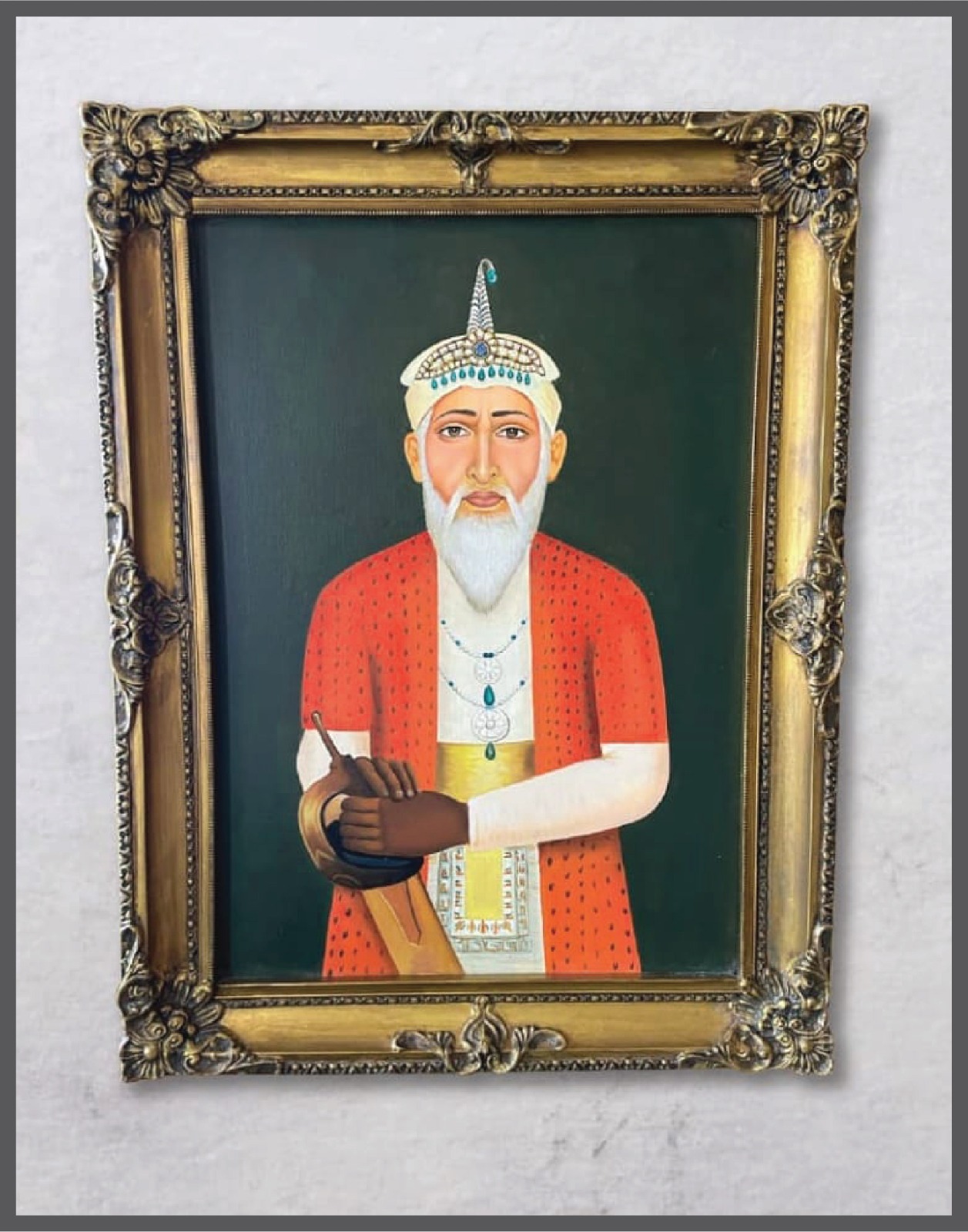Golconda Diamonds Value
The Nizams took control of the Golconda diamond mines in 1724. Beyond serving as symbols of power and status, the exceptional diamonds from these mines were sometimes used as payment in transactions and in negotiating important deals entered into by the Nizams.
While fine white (colorless) diamonds from the Golconda mines were highly sought after, it was the fancy color diamonds—particularly blue and occasionally pink—that were especially treasured by the Nizams. Interestingly fancy color natural diamonds, have a phenomenally high demand even today.
ASAF JAH 1, THE FIRST NIZAM OF HYDERABAD

When it comes to valuing fancy color diamonds, top priority is given to the color element – the right degree of color saturation is preferred, neither too deep nor too light. Other elements that influence the per carat price of color diamonds, become secondary. And when the origin of a diamond can be traced to the Golconda mines, the positive impact on the price per carat is significant.
Back to the Nizams and their opulent collection of priceless diamonds. The Nizams ruled Hyderabad and the Deccan region, from 1724 to 1948. Historians will claim that the Golconda diamond mines had passed their best time by then. While this is factually right, the truth is that Golconda diamonds continued to be found, in riverbeds and downstream water flows. The finest of these diamonds made their way to the Nizam’s treasury.
Numerous accounts describe the Nizams’ collection of precious jewelry and exceptionally valuable turban ornaments, many of which were studded with Golconda diamonds. Not all these jewels and turban ornaments, could be tracked when the Nizam rule ended in 1948. Rumors specifically about two turban ornaments with Golconda color diamonds in the center, have never ceased to interest seasoned diamond collectors. It is claimed that one of these turban ornaments, had a high quality blue diamond in the center. A rare pink diamond formed the center of the other turban ornament. These turban ornaments belonging to the Nizams, have remained elusive for centuries.
Besides being set in lavish jewelry and opulent turban ornaments, fine Golconda diamonds were at times used by the Nizams to settle high-value transactions. This use should be distinguished from the Golconda diamonds that were gifted by the Nizams as gestures of goodwill.
Claims of a blue Golconda diamond that, was once worn in a turban ornament worn by Asaf Jah 1 the first Nizam of Hyderabad – being handed over to the French, seem to be credible. The Nizams rarely maintained detailed records of financial transactions that, they entered into through negotiations. Most rumors have a common narrative related to this transaction. The blue diamond was apparently, used as a payment transaction, in return for military protection from the French. This transaction was done during the reign of Asaf Jah 2, the second Nizam of Hyderabad.
Today, Golconda diamonds are more than just precious stones used in lavish jewelry—they are prized for their rarity, historic legacy, and unmatched quality.
